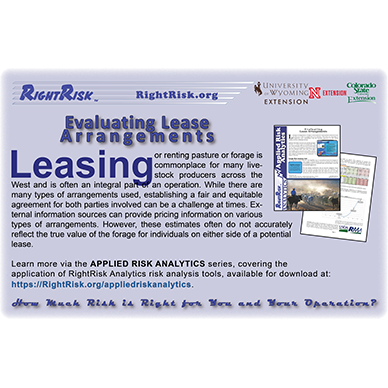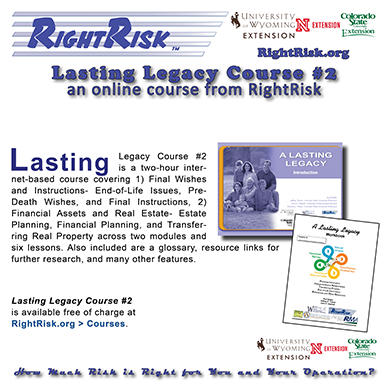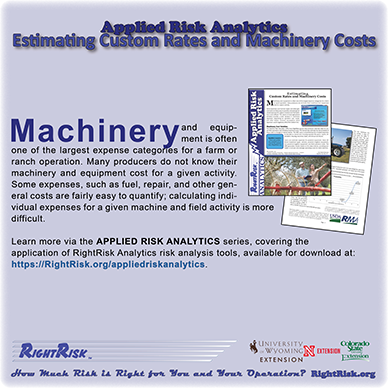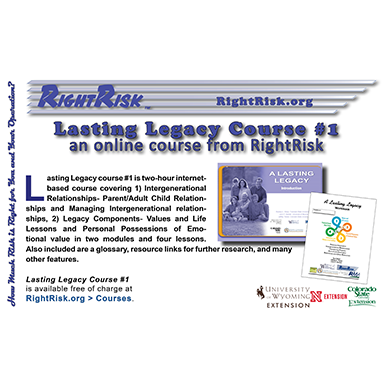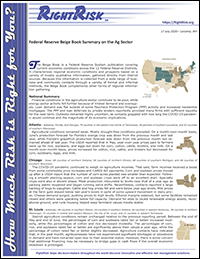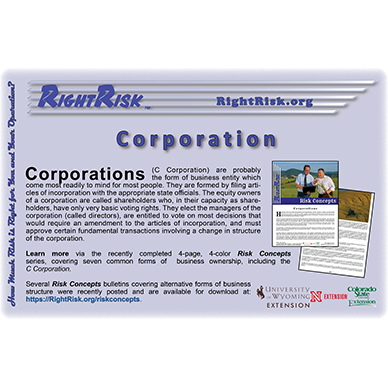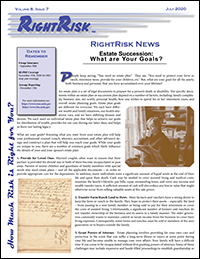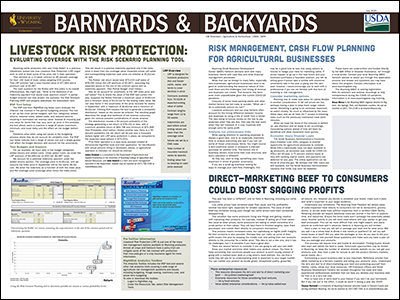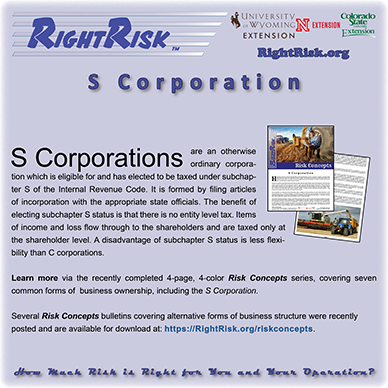Leasing or renting pasture or forage is commonplace for many livestock producers across the West and is often an integral part of an operation. While there are many types of arrangements used, establishing a fair and equitable agreement for both parties involved can be a challenge at times. External information sources can provide pricing information on various types of arrangements. However, these estimates often do not accurately reflect the true value of the forage for individuals on either side of a potential lease.
Learn more via the APPLIED RISK ANALYTICS series, covering the application of RightRisk Analytics risk analysis tools, available for download at: RightRisk.org/appliedriskanalytics.
